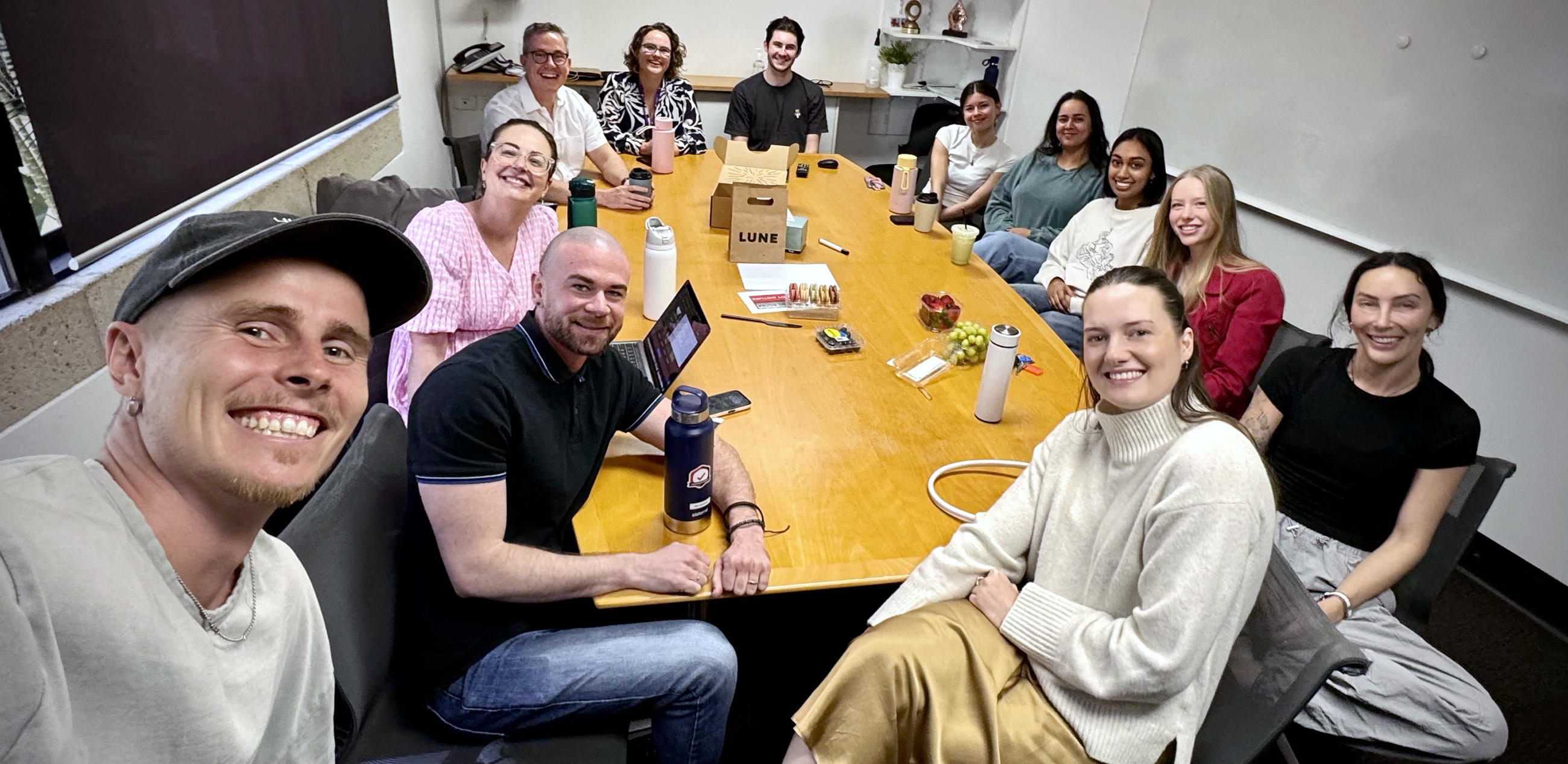| Lena Hall |
2024 |
Can insight dimensions and propensity predict paranormal beliefs and conspiracy mentality?
|
| Noah Rose |
2024 |
Does personalised feedback by generative artificial intelligence improve learning outcomes?
|
| Rick Hoefnagels |
2024 |
Decoding the Exponential Growth Bias
|
| Brynlea Gibson |
2023 |
Can insight moments increase brand appeal for consumers?
|
| Zoe Goldthorpe |
2023 |
Bridging the 2-sigma gap: Exploring the efficacy of generative artificial intelligence
as a personalised tutoring tool
|
| Nanna Thomsen |
2023 |
Re-evaluating the cognitive reflection test: Cognitive load impairs test performance
|
| Lachlan Brown |
2022 |
The role of fingerprint variation for the development of fingerprint expertise
|
| Paul Prudon |
2022 |
Expert bang-for-buck: The influence of different feature information on novice recognition memory accuracy
for fingerprints
|
| Amy Cramb |
2021 |
Effects of information breadth on trust and pro-environmental behavioural intentions
|
| Kaitlin Moat |
2021 |
Is seeing really believing? How media type affects truth judgements
|
| Team Thesis |
2020 |
Developing a masterclass on cognitive forensics |
| Luke Gao |
2018 |
Considering the alternative a training method to improve expertise with fingerprints
|
| Hilary Grimmer |
2018 |
Can eliciting feelings of insight influence judgements of fake news |
| Naomi Hunt |
2018 |
The role of feature lists in fingerprint identification |
| Kenyon Turner |
2018 |
Cause and effect: Investigating the efficacy of causal mechanisms for improving
fingerprint identification discriminability
|
| Brooklyn Corbett |
2017 |
The role of progressive challenge in the development of perceptual expertise |
| Daniel Ingledew |
2017 |
Objective Aha! moments: Measuring insight using a dynamometer |
| Kirsty Kent |
2017 |
Harnessing our hidden wisdom: Making use of crowds in fingerprint identification
|
| Benjamin Matthews |
2017 |
Deep structure in visual category learning |
| Ryan Metcalfe |
2017 |
A handful of identities: Examining the nature of identity categorisation in
fingerprints
|
| Yinnam Chan |
2016 |
How does image resolution affect memory confidence bias and response time judgements
of visual category membership?
|
| Luke French |
2016 |
Pixels in place of pictures: Exploring the effect of image resolution on
discrimination between visual categories
|
| Samuel Robson |
2016 |
Faces from different dimensions: The role of distinctiveness in the flashed face
distortion effect
|
| Liuissa Zhen |
2016 |
Effects of practice testing on learning to discriminate visual categories |
| Jessica Marris |
2015 |
From novice to expert: Investigating the effect of exemplars on learning |
| Freya Young |
2015 |
Domain specificity vs generality: What upside-down fingerprints can tell us |
| Jessica Baird |
2012 |
Investigating the nature of fingerprint expertise |
| Charles Driver |
2012 |
Memory for choices |
| Hannah Haysom |
2012 |
Could Comic Sans make you smarter? An exploration of the effects of disfluency on
learning outcomes
|
| Ruben Laukkonen |
2012 |
Pupil dilation as a physiological indicator of perceptual expertise |
| Rachel Searston |
2012 |
Guilty by association: An investigation of bias in fingerprint identification |
| Elise Jones |
2011 |
Fingerprint identification: The biasing effect of search strategy |
| Jane Sexton |
2011 |
Proficiency Tests in forensic science: A step towards identifying expertise |
| Billy Sung |
2011 |
When pretty girls turn ugly: The flash face distortion effect |
| Cindy Theresiana |
2011 |
Associative learning under a low level of contingency awareness and its implication in
brand image formation
|
| Alice Towler |
2011 |
Charts and fingerprints: A match made in court |
| Elizabeth Whitehouse |
2011 |
An investigation into disfluency effects: Depth of learning and affective outcomes
|
| Sean Murphy |
2010 |
Recognising faces with low levels of information |
| Jacqueline Seah |
2010 |
The effect of context on brand choice |
| Merryn Constable |
2009 |
Simplifying learning: Bridging the gap between expression and comprehension |
| Kathleen Ivison |
2009 |
The underlying processes involved in fingerprint identification |
| Bridie James |
2009 |
Forming attitudes under a low level of awareness |
| Renée Treloar |
2009 |
Lineup and be counted: The role of memory and presentation mode in the perception and
judgement of fingerprints
|
| Katherine Woodward |
2009 |
Investigating the cheater and danger frameworks using a change detection task |
| Phillip Gee |
2008 |
The perception of fingerprints: Style over specifics |
| Carly Seymour |
2008 |
The preliminary psychophysics of shoeprint identification |
| Wen Wu |
2008 |
Visual discrimination on the basis of style: Evaluation of low levels of awareness in
human discrimination
|
| Stephanie Goodhew |
2007 |
Judgements of style: People, pigeons, and Picasso |
| David Miles |
2007 |
A flexible interpretation of events: The effects of outliers, expectancy and the
causal model on human contingency judgements
|
| Roxana Pearson |
2007 |
When more causes less: An examination of people s intuitive judgements of negative
continuous relationships
|
| Stephen Rollings |
2007 |
Similar causes similar effects: How causal judgements are influenced by similarity
|

